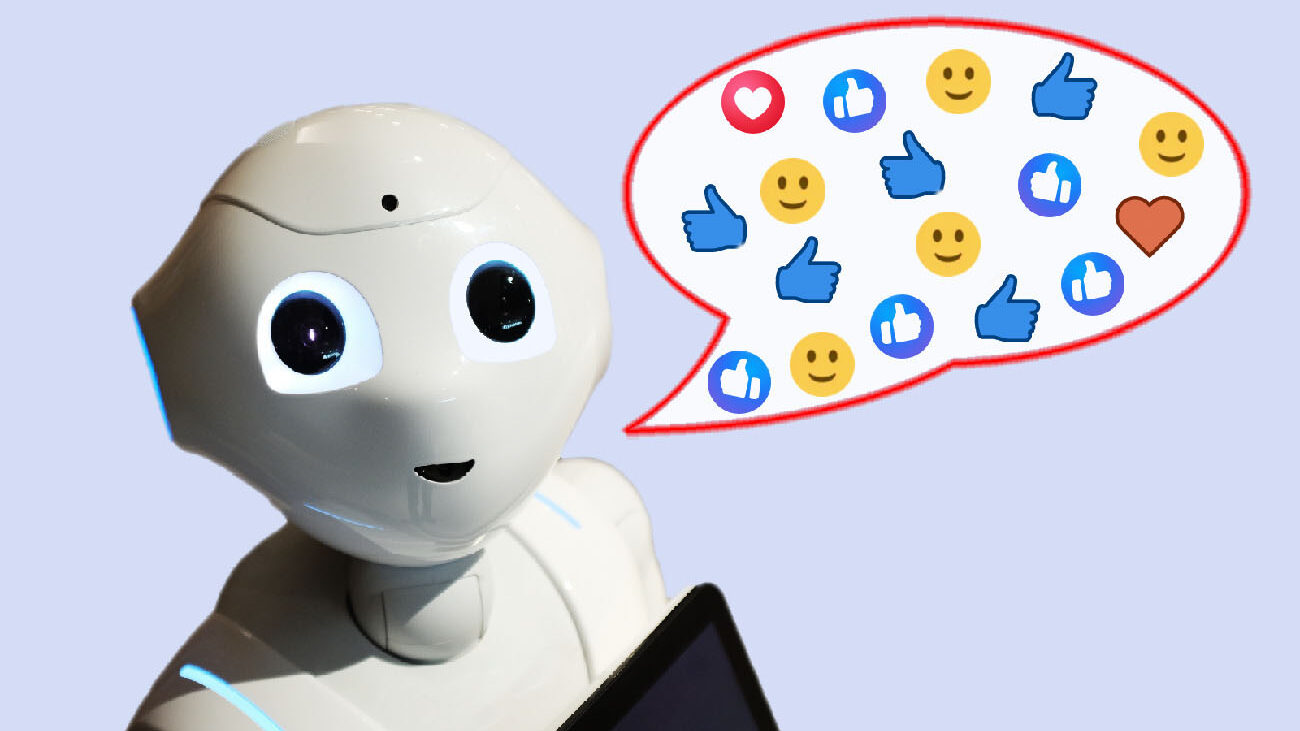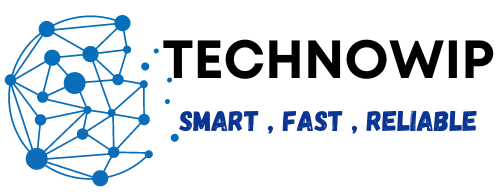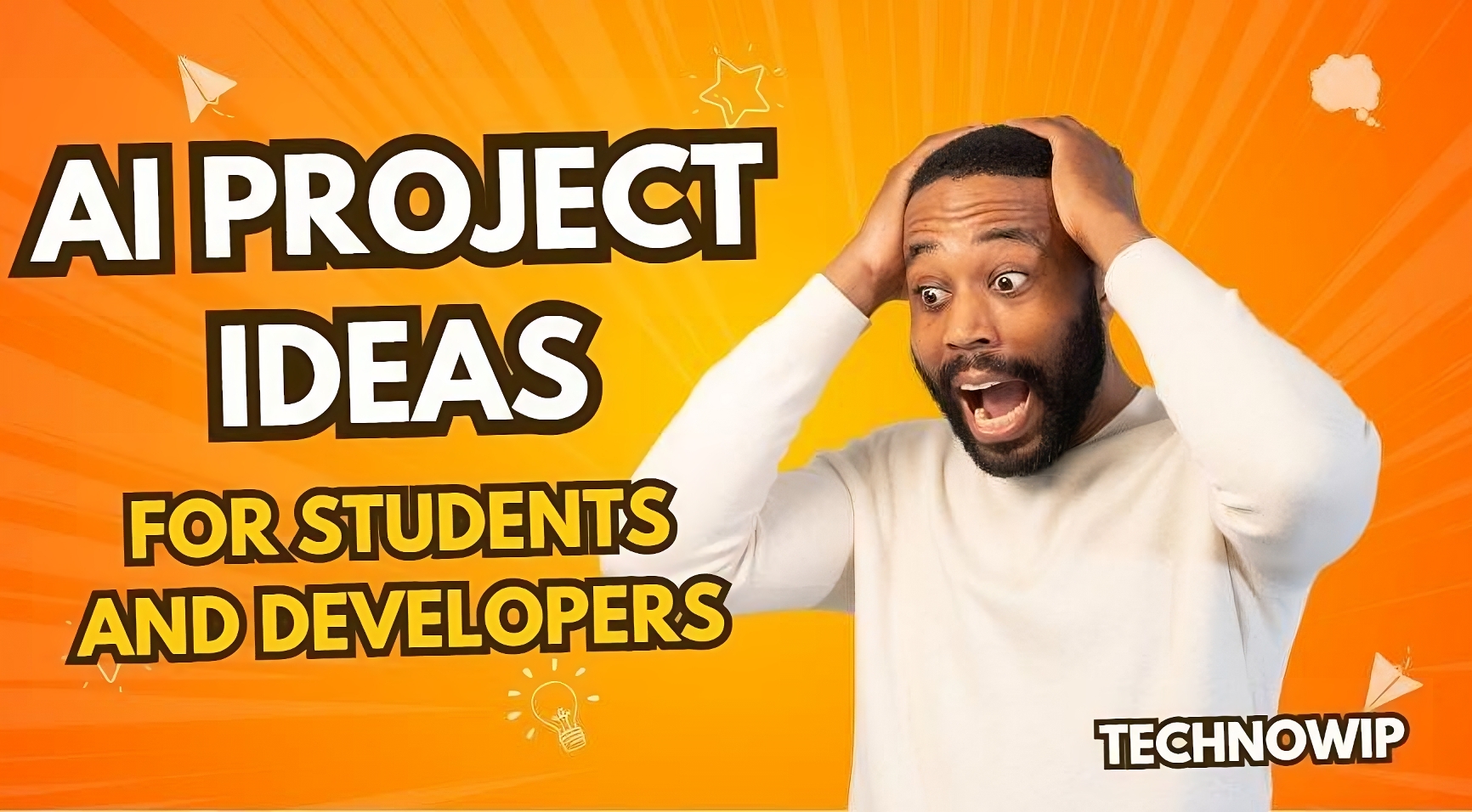Introduction
Artificial Intelligence (AI) has been a key element of development across a range of fields. From finance to healthcare, the adoption of AI project ideas has revolutionized the way people live and operate. Developers and students alike diving into AI projects is an effective way of applying theories and showing your skills to prospective employers. But, it can be difficult to determine how to get started. This blog post is designed to give some ideas for engaging AI projects that are suited to students and developers. It will use the PAS (Problem Agitation, Problem, Solution) writing framework.

The Problem
Students and developers in the early stages encounter a problem that is common to all. They’re well-versed in AI concepts, but are unable to think of feasible solutions that can improve their knowledge. Insufficient knowledge, resources or advice may result in discontent and feeling like they’re stuck in the process of learning. It is hard for students to build an impressive portfolio that showcases the abilities they’ve acquired through real-world applications.
I still remember when I first began to explore AI. The sheer amount of data and the theoretical ideas seemed incomprehensible, and I would have clear, concrete projects to start my journey. I understand anyone who feels overwhelmed by this subject because I’ve been there.
Agitation
If they don’t have practical experience, they could struggle to secure internships or work related to AI. Employers often prefer applicants who have demonstrated real-world experience and expertise. Many of my colleagues have missed out on amazing opportunities due to the fact that they did not have concrete projects to show off. This can cause worry and doubt about your future career prospects.
Through my journey, I had to overcome a number of hurdles while trying to transfer my theoretical understanding to application. Every time I attempted to take on a new project, I would often find myself lacking a direction, which resulted in the whole process becoming difficult. This can be it’s a cycle of knowledge; however, unable to implement it.
Solution
One of the best ways to overcome this issue is to engage with AI projects that will not only improve your abilities but also enhance your portfolio with relevant projects. Here are a few project suggestions specifically designed for developers and students that are designed to make the connection between theories and experiences.
Chatbot Development
Description: Design a simple chatbot to help users with their most common questions. The chatbot can be built around the subject of your choice, for example, the college application process or tech support.
Tech Stack Python, Natural Language Processing (NLP) libraries, such as NLTK and SpaCy.
Case Study A case study of the Stanford University chatbot project has demonstrated how well chatbots are able to respond to student queries, thus reducing the amount of work for college personnel as well as improving the speed of response.
Image Classification
Summary: Create an image classification system that is able to categorize images according to their information. This can be a project that includes datasets such as CIFAR-10 and MNIST.
Technical Stack: TensorFlow or PyTorch, Jupyter Notebook.
Case Study Microsoft’s Image Classification project has successfully applied these methods to recognize things and scenes, which demonstrates the application of AI to everyday life.
Predictive Analytics for Stock Prices
Summary: Create the model to predict the price of stocks based on past performance. It may involve the implementation of an analysis of time series.
Tech Stack Python, pandas, Scikit-Learn and any other suitable databases for storage of data.
A Case Study of the usage of predictive analytics to help stock traders from companies such as Goldman Sachs has demonstrated how AI can effectively manage huge financial assets through predicting the trends in stocks with precision.
AI-Powered Personal Assistant
Description: Design a personalized assistant program that will organize meetings, schedule appointments, or handle tasks with the power of voice recognition.
Technical Stack Tech Stack includes Google’s Dialogflow or Microsoft’s Azure Bot Service, along with APIs for voice recognition.
Case Research: Siri and Alexa are notable commercial instances of AI-powered personal assistants that change the way people interact with technology.
Sentiment Analysis on Social Media
Introduction: Design the tool to analyze sentiment. It analyzes user tweets and Facebook posts in order to gauge general sentiment.
The Technical stack includes Python, NLP libraries Social media APIs, as well as NLP libraries.
Case Study: Businesses like Hootsuite use sentiment analysis to assess the public’s opinion of companies in real time and improve the effectiveness of their marketing plans.
Recommendation System
Summary: Create an algorithm for a recommendation that is similar to the one utilized by Netflix and Amazon to recommend products or movies to customers according to their interests.
The Technical Stack Python and collaborative filtering methods or algorithms for content-based filtering.
In the Case Study Netflix utilizes advanced recommendation algorithms to increase the engagement of users by recommending the most relevant material based on the user’s preferences.

My Experience
In my research into the various types of projects, practically working on projects helps me understand conceptual concepts. Every project I completed was rewarding and boosted my self-confidence.
The first time I built a chatbot, it was exciting to discover the way that natural language processing can produce real-time interactions. The concept I’d been studying came to life with a clarity that studying alone would never be able to.
The completion of these tasks was also a way to improve my programming skills. Each time I coded I wasn’t only studying, but I was also gaining insight into the intricacies that go into AI implementation. This was crucial to my progress as a software developer. This led to a plethora of possibilities and helped make my research more reliable.
Being part of teams working on projects also gave me invaluable experiences. Collaboration with colleagues exposed me to new viewpoints and perspectives and fueled my creative thinking.
Presenting these ideas is the most satisfying portion. Participating in tech-related meetups and sharing my stories enabled me to meet other people interested in AI, which helped me establish my role in the world of AI.
Ethical AI Development
- Overview: The course discusses ethical issues and the frameworks to be used when responsibly creating AI systems. Some topics be biased algorithms, data privacy as well as transparency.
- Relevance: In light of the growing questions regarding AI ethical issues, the area is being sought-after by students who want to create an ethical AI.
AI in Education
- Overview: Examines how AI could be used in the classroom, including customized education systems, automated grade marking, and tutoring via virtual.
- Relevance: As the field of education technology develops, AI’s potential to help students learn is an area of intense curiosity.
AI for Social Good
- Overview: is focused on AI initiatives that address the social problems, such as poverty as well as climate changes, as well as health disparities.
- Relevance: A lot of students are keen to utilize their talents to make a positive social change, And projects that focus on this area provide an opportunity to engage with purpose.
Natural Language Processing Projects
- Summary: Specific project concepts focused on the natural processing of languages (NLP) that includes the summarization of text, translation into languages, and detection of emotions.
- Relevance In the age of AI-driven apps for text, NLP projects remain a well-known area of research for software developers.
AI and Internet of Things (IoT) Integration
- Overview: Examines what AI will improve IoT applications like industrial automation or smart homes by using machine learning and data analysis.
- Relevance Relevance: With the speed at which IoT grows, knowing the best way to use AI the devices that are an essential skill for tech-savvy developers.
Machine Learning Model Deployment
- Overview: Instructions for deploying machine learning models in production environments. These include containers (Docker) cloud services, as well as API development.
- Relevance: Understanding the concept of deployment is crucial for those who want to move their work from concept to practical applications.
AI for Predictive Maintenance
- Overview: Examines AI programs that help identify equipment failures in industries like manufacturing, which can reduce downtime and costs.
- Relevance: Businesses increasingly depend on AI for optimizing maintenance plans, which makes this an ideal area for those who are interested in industrial applications.
Deep Learning Techniques
- Overview: provides more sophisticated deep-learning concepts including neural networks as well as convolutional-neural networks (CNNs ) as also GANs, or the generative adversarial network (GANs).
- Relevance: As deep-learning methods become more commonplace, the knowledge of these techniques is crucial for future AI experts.
AI in Healthcare
- Overview: The article discusses AI applications for diagnosing health conditions, personalized medical care, and the analysis of health data.
- Relevance: The health industry is rapidly embracing AI and machine learning, and students are able to find relevant projects that could impact people’s lives.
Data Visualization Techniques for AI
- Introduction: This article focuses on ways to present AI outcomes and information in depth with tools such as Tableau, Power BI, or Matplotlib using Python.
- Relevance: A good data visualization is vital to present AI research clearly, as well as attract the attention of both technical and non-technical users.

Conclusion
Engaging in AI projects is an important option for learners and developers looking to increase their capabilities as well as increase the chances to be employed in an extremely competitive field. A lack of expertise can be dealt with by choosing the appropriate task. These suggestions in this post provide the chance to gain knowledge about different elements of AI and to create an impressive resume for potential employers.
When you begin your AI journey, bear your eyes on the fact that each project will be an opportunity to learn. I would encourage you to get deep, investigate different concepts, and not be afraid to discuss your work with the AI community! The realm of AI is enormous and constantly something new to discover and develop.
FAQS
What are some easy-to-learn AI initiatives I can test?
For beginners, projects can include creating an easy chatbot, performing an analysis of the sentiments of social media content as well as developing an initial image classification.
What are the best ways to find data to use in my AI project?
Datasets can be found through platforms such as Kaggle and UCI Machine Learning Repository, as well as websites for government data. Google Dataset Search is also useful for finding data sets across different fields.
What programming languages work ideal to use for AI projects?
Python is by far the most well-known software language in AI projects due to its numerous library of libraries (like TensorFlow and PyTorch) as well as its friendly community. R, as well as Java, can also be used, dependent on the application.
What is the importance of recording my AI initiatives?
It is essential to document your work because it allows you to clarify your thoughts and helps other people (and prospective employers) to appreciate your work more clearly. A well-documented portfolio can greatly increase the quality of your resume.
Do you have any sources that can help you learn AI or machine learning?
Many online resources are readily available, like Coursera, edX, Udacity, and YouTube channels that are dedicated to AI as well as machine learning. A lot of universities offer open courseware.
Are there ways to collaborate to work on AI initiatives?
Absolutely! Working with other peers will provide various perspectives and boost learning experiences. Platforms such as GitHub and forums for community members can aid in collaboration.
What can I do to showcase my AI ideas to prospective employers?
Your projects can be showcased via platforms such as GitHub create a personalized portfolio site, or post your work via LinkedIn. Participating in hackathons or tech meetups could also help increase exposure.
What are the most common issues that are encountered by AI projects?
Most common issues include inadequate data, model fitting or overfitting, as well as knowing complicated algorithms. Training with a variety of projects can aid you in overcoming these hurdles.
What can I do to ensure that my AI projects are ethically accountable?
In order to ensure the ethical conduct of your work, you should focus on making use of diverse data sources to minimize the chance of bias. Also, you should consider privacy for users as well as adhere to the guidelines for transparency throughout the development process.
What do I need to do following the completion of the AI project?
After you’ve finished a task, look back at the lessons you’ve learned and write a summary of the work or write a blog article about the project, and afterwards, share the results in the larger community. It is also possible to get feedback from your peers to ensure you are always improving.

